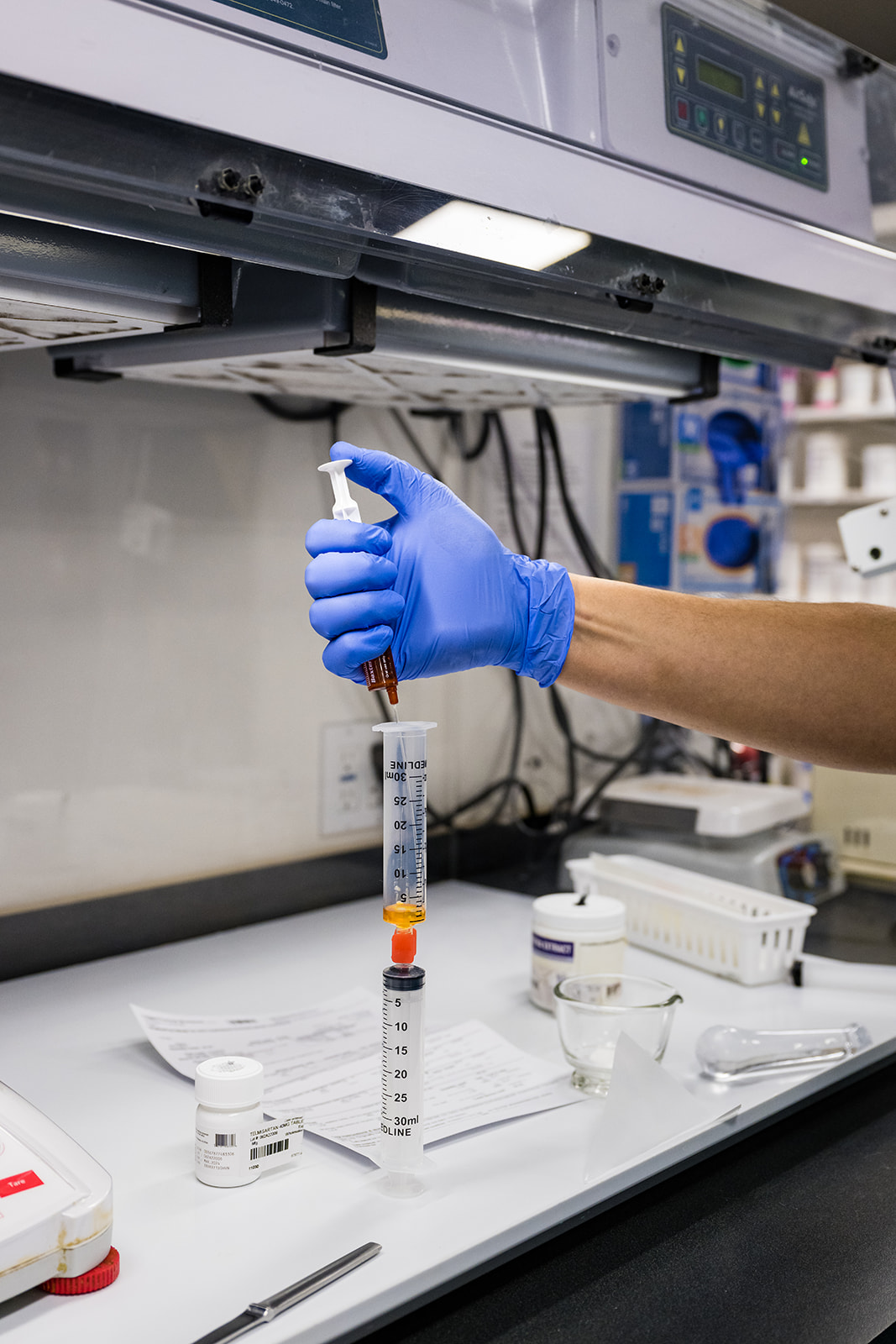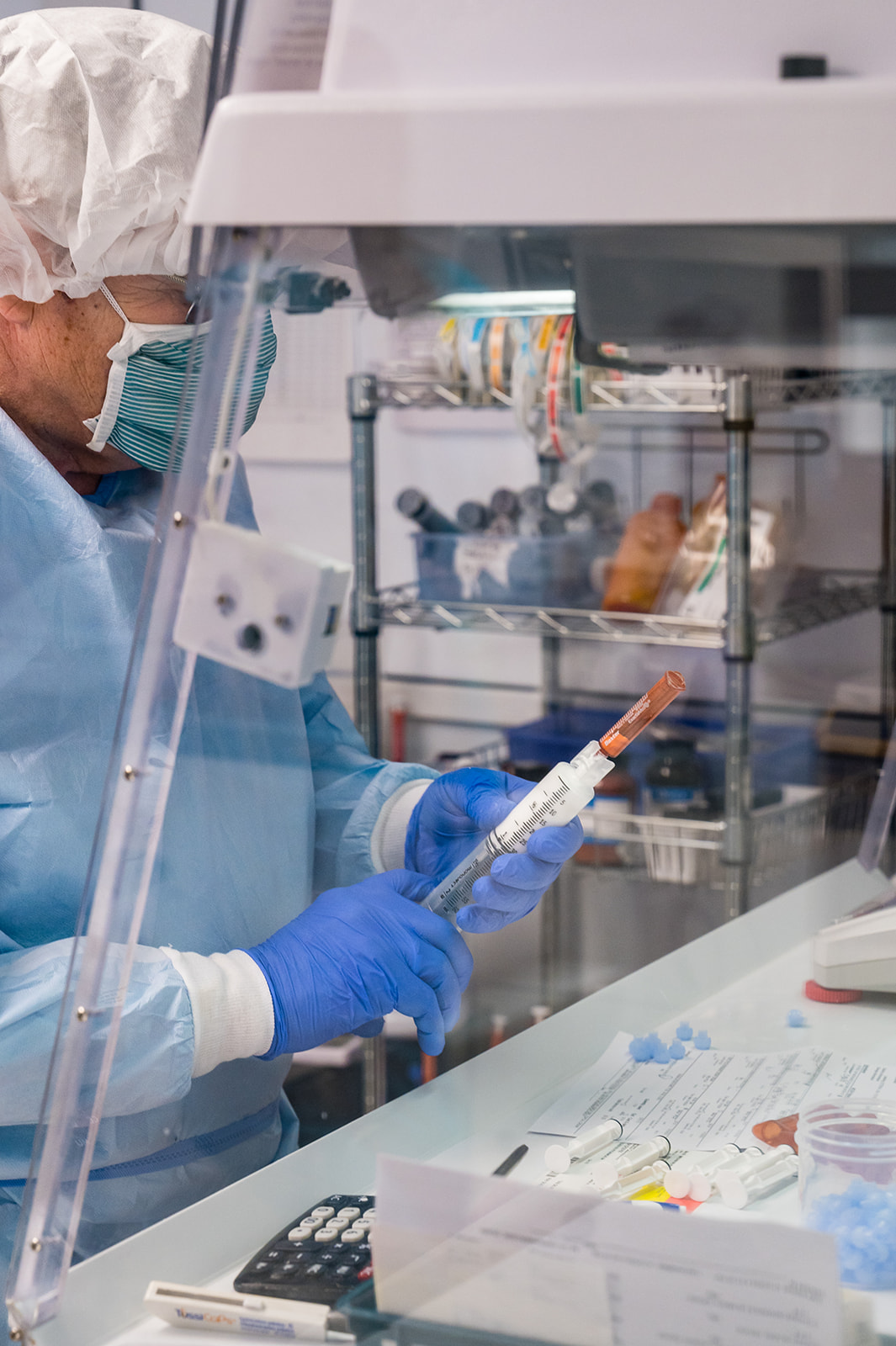Low Dose Naltrexone (LDN) Background 
Naltrexone was originally used to reverse the effects of opioid drug overdose in 50-100mg dosages. Doctors started using low doses (1.5-4.5mg) in the 1990s to normalize the immune system, inflammatory, & neurological disorders.
What Rheumatological conditions are being treated with LDN?
LDN can be a treatment option to add to the arsenal of therapeutics used in the treatment of rheumatic and autoimmune diseases as a rehabilitative measure as well as a preventative one.
-Addison’s Disease -Ehlers-Danlos Syndrome
-Aids -Juvenile Rheumatoid Arthritis (Still’s Disease)
-Ankylosing Spondylitis -Lupus
-Chronic Fatigue Syndrome -Mast Cell Activation Syndrome (MCAS)
-Crest Syndrome -Multiple Sclerosis
-Diabetes Type 1 & 2 -Raynaud Phenomenon
-Psoriatic Arthritis -Sarcoidosis
-Rheumatoid Arthritis/Osteoarthritis -Sjogren’s
-Scleroderma -Thyroid Disease

How does Low Dose Naltrexone work?
LDN Therapy has several mechanisms of action which work together to produce benefits for patients. Most experts are seeing significant improvement in over 80% of treated patients.
- Increases the secretion of Endorphins resulting in relief of pain, and inflammation.
- Increases the release of Opioid Growth Factor; reducing inflammation, auto-immune responses & tumor cell growth.
- Reduces inflammatory immune cell signaling (Toll like Receptor-4). When stimulated, these immune cells signal the immune system to work harder, decreasing auto immune & inflammatory responses.
- Calms glial cells in the nervous system which protects the nerve pathways.
- Increases dopamine levels, resulting in a feeling of well-being and increased energy.
What are the side effects of Low Dose Naltrexone?
Some patients do report headaches, insomnia, gastrointestinal issues and vivid dreams; which can be resolved by changing the dose or dosing schedule to more properly suit the patient.
How long does it take to see desired effects?
The response time of patients on LDN therapy varies by individual and type of medical condition. Most of our patients see significant improvement within the first two months however, experts agree eight months of therapy may be required to see maximum benefit.
*Email jclauser6422@gmail.com for more information or if you’re interested in a LDN seminar
-Mechanisms of action of Low Dose Naltrexone (LDN) – Pradeep Chopra, MD
-Zagon IS, McLaughlin PJ. Intermittent blockade of OGFr and treatment of autoimmune disorders. Exp Biol Med (Maywood). 2018 Dec;243(17-18):1323- 1330. doi: 10.1177/1535370218817746. Epub 2018 Dec 12. PMID: 30541348; PMCID: PMC6348594.
-Brown N, Panksepp J. Low-dose naltrexone for disease prevention and quality of life. Med Hypotheses. 2009 Mar;72(3):333-7. doi: 10.1016/j.mehy.2008.06.048. Epub 2008 Nov 28. PMID: 19041189.
-Dickinson, J. S. (2016). The History and Pharmacology of LDN. In The ldn book: How a little-known generic drug, low dose naltrexone, could revolutionize treatment for autoimmune diseases, cancer, autism, depression, and more. essay, Chelsea Green Publishing.

